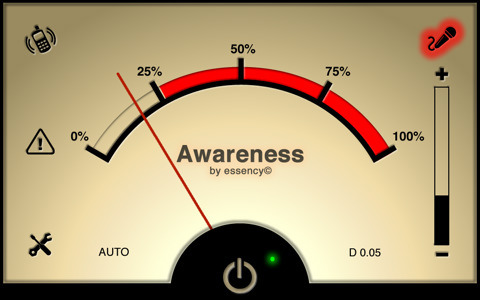
I want you to ask yourself the following question the next time you sit down to brainstorm or strategize your next marketing campaign, sales funnel, or offer:
“What do my prospects already know?”
For example:
- What do they already know about their problem or situation?
- What do they already know about the solutions being offered in the marketplace?
- What do they already know about you, your product/service, and your company?
The answer to these questions (and others) tell you the level of Prospect Awareness.
And, the level of Prospect Awareness should dictate how you craft your overall marketing message, especially the big idea, headline, and intro to your sales message.
Today, many savvy marketers put out well-written, benefit-driven marketing messages that from a distance seem like they should convert well. But, because they don’t account for the level of Prospect Awareness, their offers miss the mark and fall flat. Leaving them wondering why.
When you match your marketing message and appeal to the level of your Prospects Awareness, your conversion rates will soar.
I was first exposed to the idea of “Prospect Awareness” via the book Breakthrough Advertising (which I consider to be the best marketing book ever published) by the late, great copywriting legend, Eugene Schwartz.
Later, my friend and mentor Michael Masterson refined the idea in my mind even more.
Let’s start with how Gene covered the idea of “Prospect Awareness”:

In other words, your marketing message should always be designed based on how aware your prospects are of who you are, what you’re selling, and why you’re selling it.
Crafting your marketing message without considering your prospects level of awareness is like approaching everyone at a party the same way – both your friends and strangers. You’d never do that. You’d initiate a conversation differently with strangers from the way you would family and friends. Why? Because of their level of awareness of who you are.
Schwartz goes on in his book to break-down Prospect Awareness into 5 levels:
- Most Aware
- Product Aware
- Solution Aware
- Problem Aware
- Unaware
Let’s take a second to look at each.
Most aware are the prospects who are aware of their need for a solution, aware of the solutions being offered in the marketplace, and aware of you and your product. These folks are really just interested in the deal being offered.
Product aware are the prospects who are aware of their need for a solution, aware of the solutions being offered in the marketplace, aware of you and your product, but aren’t quite sure if it’s the right solution for their needs.
Solution aware are the prospects who are aware of their need for a solution, aware of the solutions being offered in the marketplace, but don’t necessarily know that your product is one of their options.
Problem aware are the prospects who are aware of their need for a solution, but are not aware of the solutions that exist for them.
Unaware are the prospects who don’t have any awareness of a problem, need for a solution, or your product/service or company. These, obviously, are the toughest folks to sell to since they have zero awareness.
Now, when it comes to crafting your marketing message, you want to start by assessing which level of awareness your prospects have.
Then, and only then, can you decide what your big idea should be, what your hook and overall marketing message should be based on, and what your headline should say.
For example:
- When marketing to prospects who are most aware, you would potentially want to lead with a killer offer.
- When marketing to prospects who are product aware, you would want to lead with a message that establishes your credibility and trust.
- When marketing to prospects who are solution aware, you would want to lead by showing more empathy and understanding so they see that you know exactly how they feel about their problem/situation.
- When marketing to prospects who are problem aware, you would want to either want to lead by showing them you understand their pain or by agitating their point of greatest anxiety (i.e. leveraging the Problem-Agitate-Solve approach).
- And, when marketing to prospects who are completely unaware, you would need to use more of a blind curiosity-driven hook that gives no hint of the product/service you’re selling until you’ve had the chance to show prospects the need they have, but are unaware of.
You see how this works?
When you start with your prospects level of awareness by answering the question, “what do my prospects already know”, you’re able craft a marketing message that truly meets your prospects where they are right now. And by doing so, you ensure your marketing truly hits the mark.




